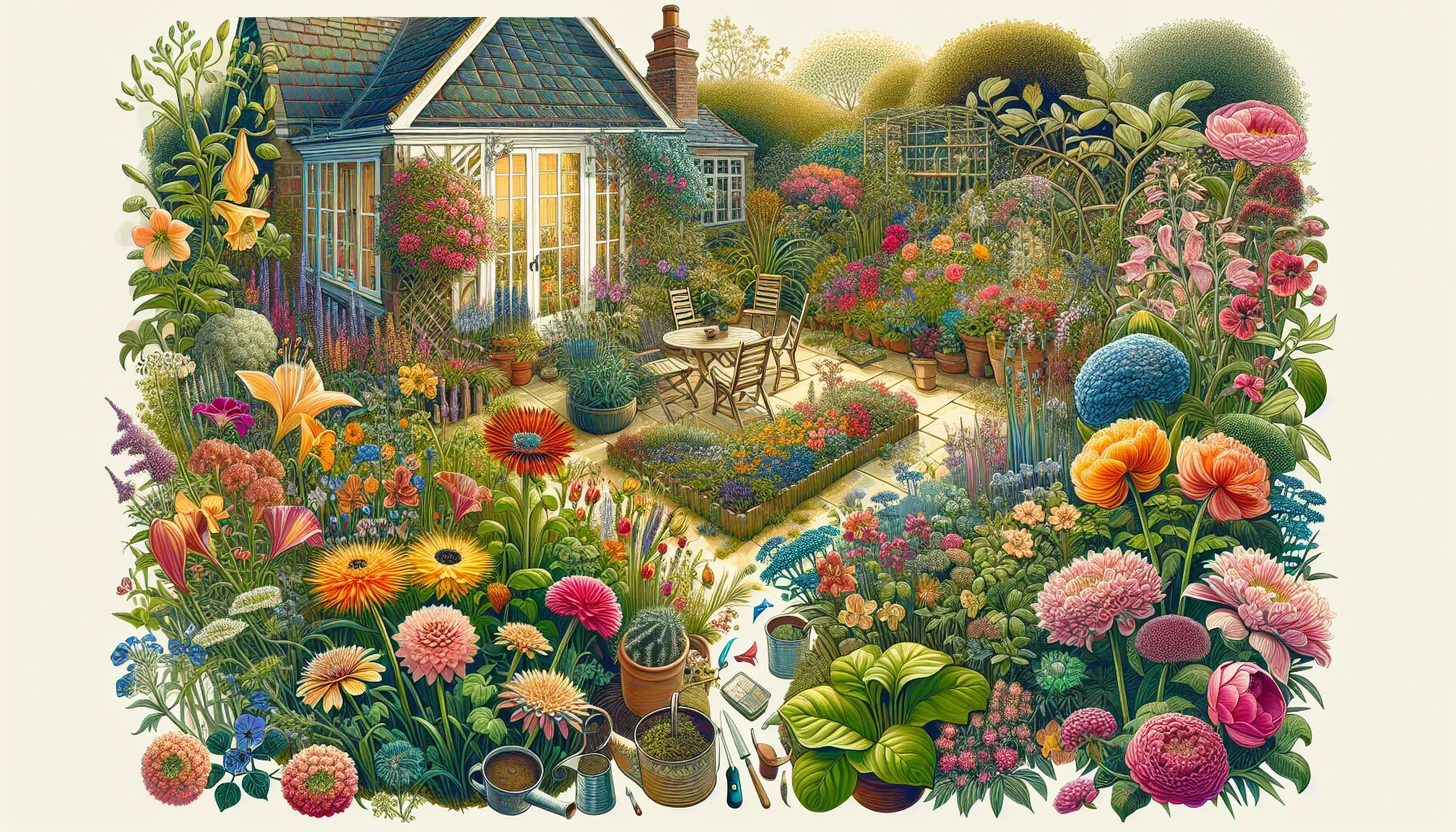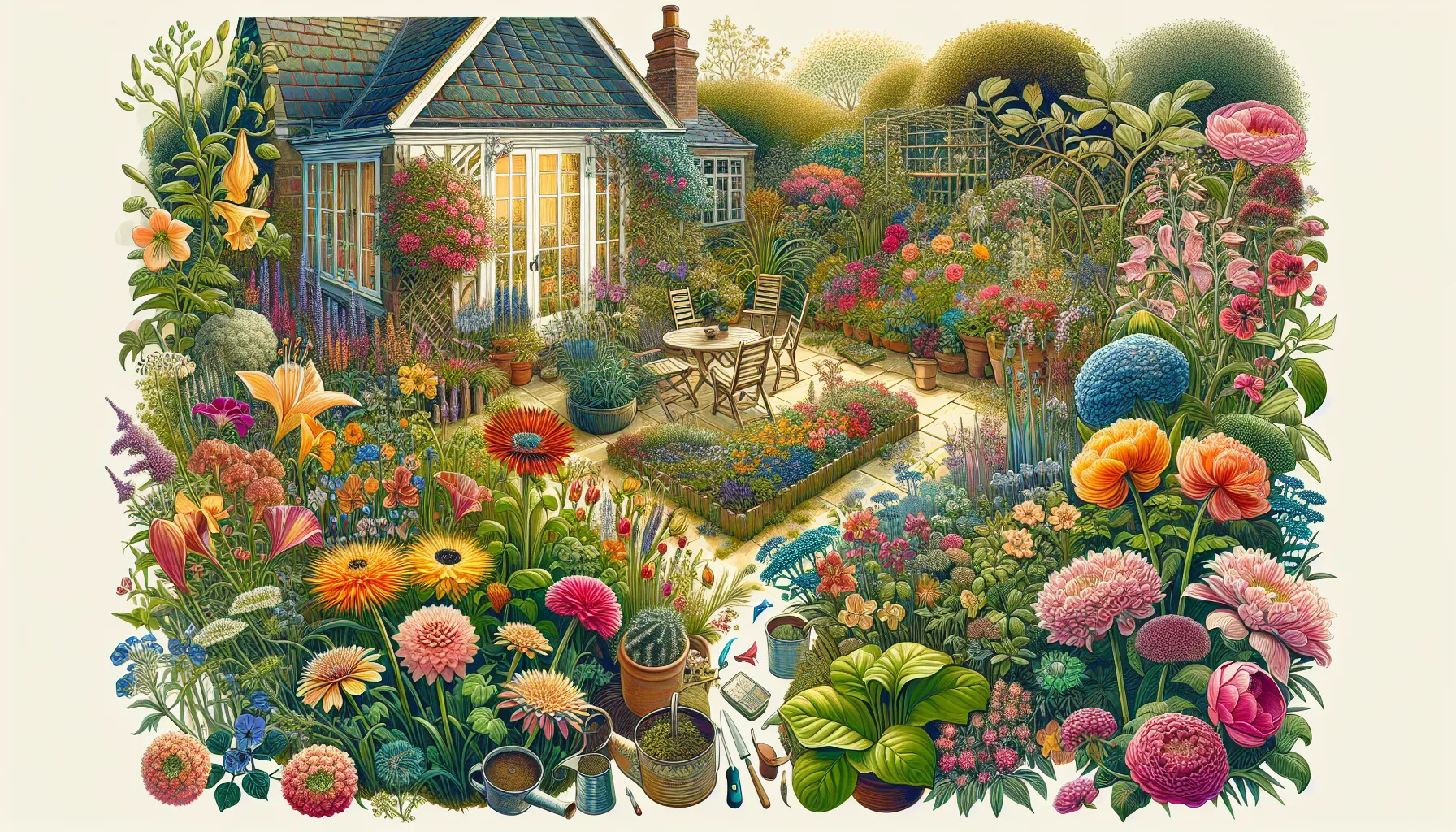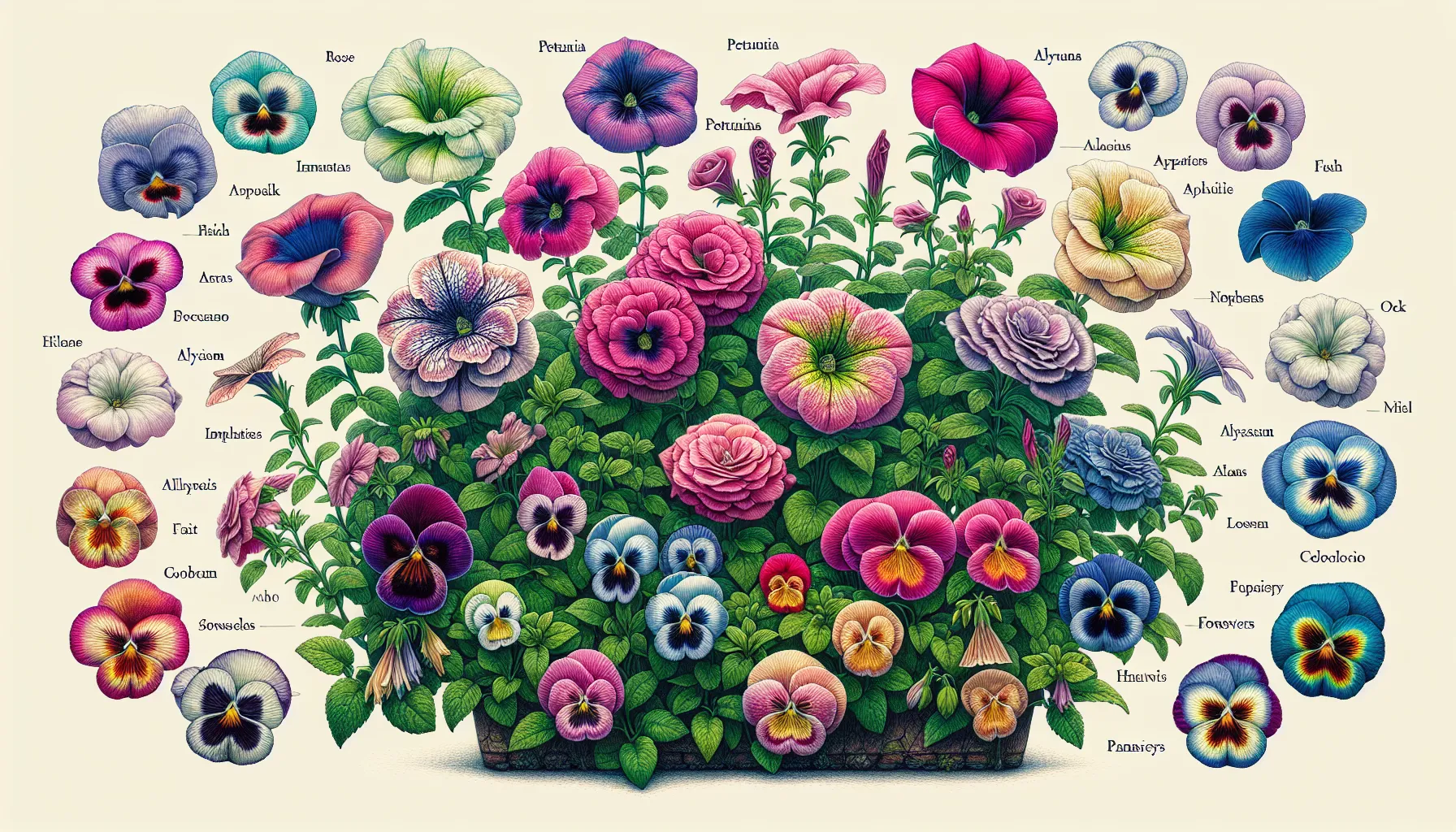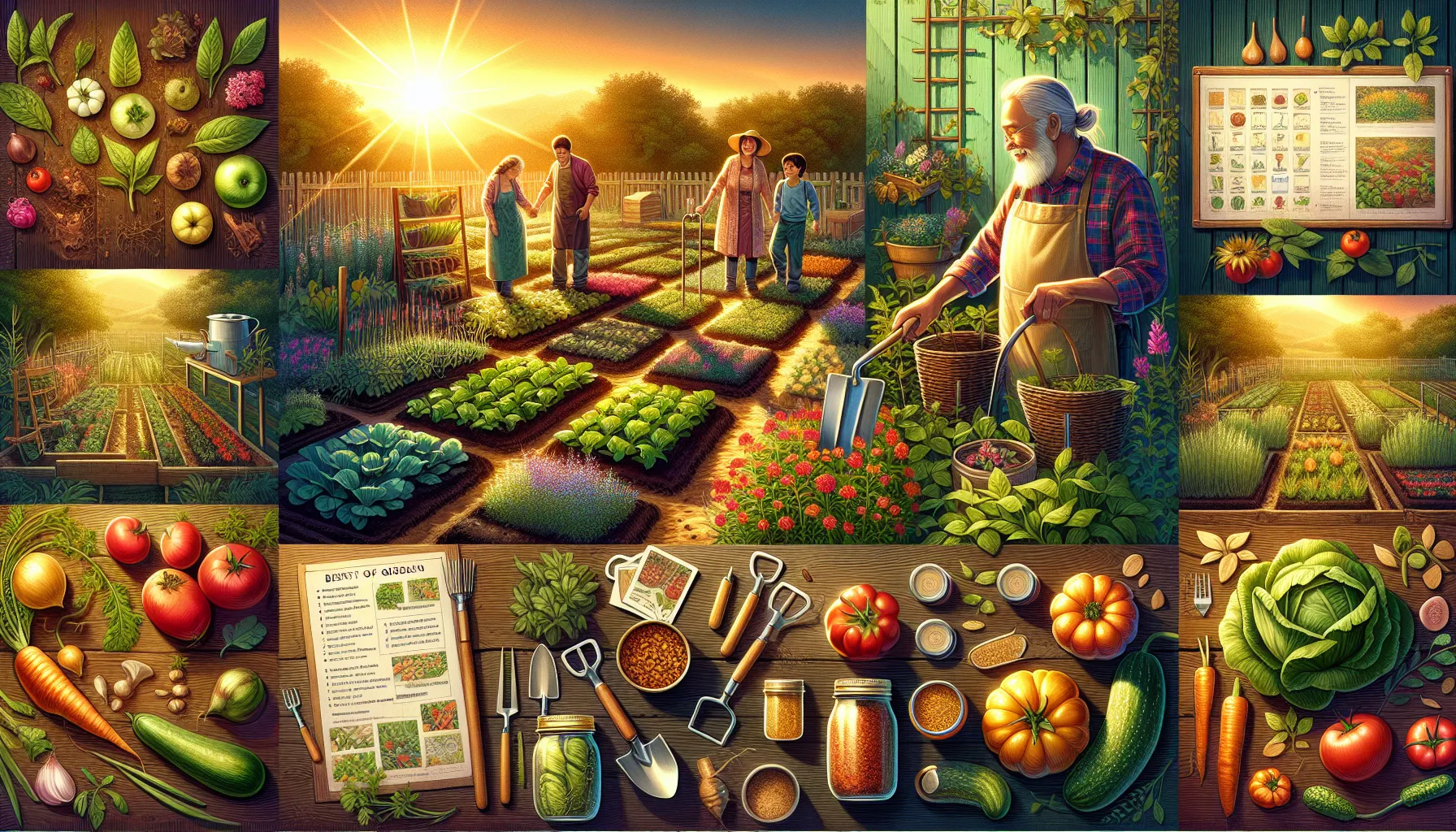
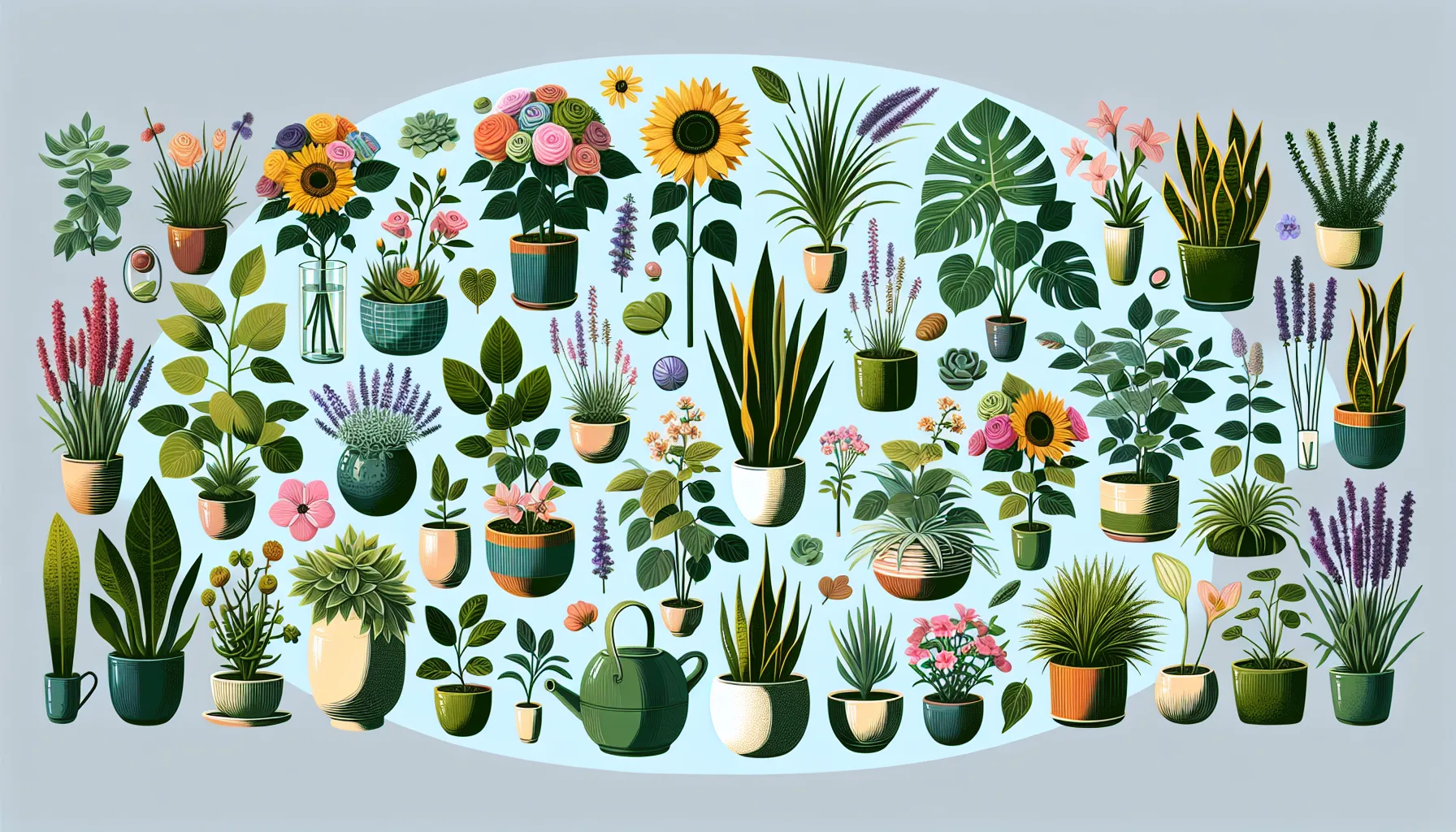
Flowers and plants are much more than just natural decorations. They play a crucial role in our daily lives, even if we may not always realize it. For starters, they are the primary sources of the oxygen we breathe, thanks to the process of photosynthesis. This process also helps reduce carbon dioxide levels, making the air cleaner and healthier for us.
Beyond the air we breathe, flowers and plants also contribute to our well-being by boosting our mood. Have you ever noticed how a room brightens up with a vase of fresh flowers? Or how a walk in a garden can lift your spirits? That’s because flowers and plants have a unique way of making us feel happier and more relaxed.
One of the top benefits of having flowers and plants in your home or garden is their air-purifying capabilities. Certain plants, like the Spider Plant, Snake Plant, and Peace Lily, are known to remove toxins from the air. This can lead to a cleaner, healthier environment for you and your family.
Including flowers and plants in your living spaces can also have a positive impact on your mental health. Studies have shown that being around plants can reduce stress, increase productivity, and enhance overall happiness. Whether it’s a small succulent on your desk or a colorful flower bed in your backyard, plants can provide a much-needed mental health boost.
Apart from the health benefits, flowers and plants add a touch of beauty and charisma to any space. They can transform a dull room into a vibrant one and make a house feel more like a home. With so many varieties to choose from, you can easily find flowers and plants that match your style and preference, making your living spaces more personalized and inviting.
In conclusion, flowers and plants are not just pleasing to the eye; they are essential to our health and well-being. By incorporating them into our homes and gardens, we can enjoy cleaner air, improved mental health, and a more beautiful living environment.
Flowers bring color, fragrance, and beauty into our lives. Among the countless varieties, there are a few that stand out for their popularity and significance. Let’s dive into the world of roses, sunflowers, and tulips – three flowers that have captured hearts and gardens around the globe.
Roses are like the emojis of the flower world; their colors help us express feelings without words. Red roses scream "I love you," while white roses whisper "I’m sorry." Yellow roses are all about friendship, and pink ones say "Thank you" or "I admire you." Surprisingly, even black roses have a place, often representing the end of something to make way for new beginnings.
Roses might seem picky, but they’re actually pretty straightforward if you remember a few key tips. First, they love the sun, so pick a spot that gets a lot of light. Second, they’re thirsty plants, but hate wet feet – meaning good drainage is a must. Lastly, give them some food! A balanced fertilizer will do wonders. And don’t forget to talk to them; some say it helps them grow, but at the very least, it’ll make you smile.
Did you know that sunflowers are not just single flowers but a collection of hundreds of tiny flowers bundled together? And they do this cool thing called “heliotropism,” where young sunflower buds follow the sun from east to west during the day. As they mature, they settle down, facing the east to catch the morning light. Plus, sunflowers are not just pretty faces; they can help clean up radioactive soil and are used as a symbol of peace and environmental consciousness.
Sunflowers are the high-fives of the garden, easygoing and always reaching for the sky. They love sunlight, so place them where they’ll bask in sunshine for at least 6 to 8 hours a day. Unlike their floral cousins, sunflowers aren’t picky about soil. They’re like the "go with the flow" kind of friends. Just make sure to water them deeply but infrequently to encourage deep root growth, and you’ll have happy sunflowers waving at you in no time.
Tulips might be the poster child for the Netherlands now, but they actually started their journey in the wild mountains of Central Asia. It was in the 16th century that they journeyed from Persia to Turkey and then to the Netherlands, where they caused a frenzy so big, it was called "Tulip Mania." People were trading lands and fortunes for tulip bulbs! Today, they still symbolize love and new beginnings.
Arranging tulips in a vase is like setting up a little party. First, choose a vase that’s tall enough to support their long stems but gives the blooms some space to lean over – they’re known for their elegant droop. Cut the stems diagonally to help them drink up more water, and don’t forget to remove any leaves that might sit below the water line to keep things clean. Finally, let them do their thing! Tulips continue to grow even after they’re cut, so your arrangement will have a life of its own, changing shapes and directions with whimsy.
As a child, I was always fascinated by the beauty and vibrancy of flowers. I remember my parents had a rose garden in our backyard, and I would spend hours watching the roses bloom and change colors throughout the seasons.
One of my favorite flowers has always been the tulip. I was enamored by their elegant shape and the wide array of colors they came in. Whenever I would visit a botanical garden, I would always make a beeline for the tulip section, marveling at the intricate patterns and designs on each petal.
Over the years, I have cultivated my own garden filled with roses, sunflowers, and of course, tulips. I have learned the best ways to care for each type of flower, from ensuring my roses get enough sunlight to arranging my tulips just right in a vase.
My love for flowers has only grown stronger with time. They bring me joy and a sense of peace whenever I see them blooming in my garden. Flowers have a way of brightening up even the darkest of days, and I am grateful to have them as a constant source of beauty in my life.
Orchids
Lavender
Succulents
Peonies
Monstera Deliciosa
Indoor plants not only make your home look pretty but also clean the air and make you feel happier. Two popular indoor plants are the Snake Plant and the Fiddle Leaf Fig. Let’s learn more about these fantastic plants.
Snake plants, also known as "Mother-In-Law’s Tongue," are not just easy to care for; they’re like your home’s natural air purifiers. One awesome thing about snake plants is they give off oxygen at night, unlike most plants. This means they can make your bedroom air fresher while you sleep. Plus, they’re great for people who don’t have a green thumb because they’re super tough and can survive with minimal care. Studies have even found that snake plants can remove toxins like formaldehyde and benzene from the air. Cool, right?
Taking care of a snake plant is really easy. They love to be left alone, so you don’t need to water them too much. In fact, overwatering is the quickest way to kill them. Here’s how to do it right:
Fiddle Leaf Figs are like the cool kids of the indoor plant world. With their big, glossy leaves, they’re really good at making any room look more stylish and lively. People love them because they can grow pretty tall, making a big statement in your living room or any space. Plus, they’re known to help clean the air, too, which is always a bonus.
Even though Fiddle Leaf Figs are super pretty, they can be a bit tricky to keep happy. Here are a couple of common problems and how to fix them:
Remember, Fiddle Leaf Figs don’t like too much change, so once you find a good spot and watering schedule, try to stick to it. And be patient, every plant needs time to adjust and grow.
| Plant Name | Light Requirements | Watering Frequency | Key Benefits | Common Issues |
|---|---|---|---|---|
| Snake Plant | Indirect, low light | Every 2-3 weeks | Air purification, easy to care | Root rot due to overwatering |
| Fiddle Leaf Fig | Bright, indirect light | When top inch of soil is dry | Trendy, large leaves | Brown spots from under/overwatering |
| Peace Lily | Low to moderate, indirect light | Once a week | Air purifying, elegant flowers | Brown leaf tips from fluoride in water |
| Spider Plant | Bright, indirect sunlight | Weekly in summer, less in winter | Easy propagation, air purifying | Brown leaf tips from dry air or fluoride |
| Aloe Vera | Bright, indirect sunlight | Every 3 weeks, less in winter | Medicinal properties, easy to care | Overwatering, leading to root rot |
Some easy-to-care-for indoor plants for beginners include pothos, spider plants, and peace lilies.
The frequency of watering indoor plants depends on factors like the type of plant, the size of the pot, and the conditions of the environment. Generally, it’s best to let the top inch of soil dry out before watering again.
Some common signs that indoor plants are not getting enough light include yellowing or browning leaves, leggy growth, and minimal or no new growth.
Yes, certain indoor plants, such as snake plants and spider plants, have been shown to improve air quality by filtering out toxins like formaldehyde and benzene.
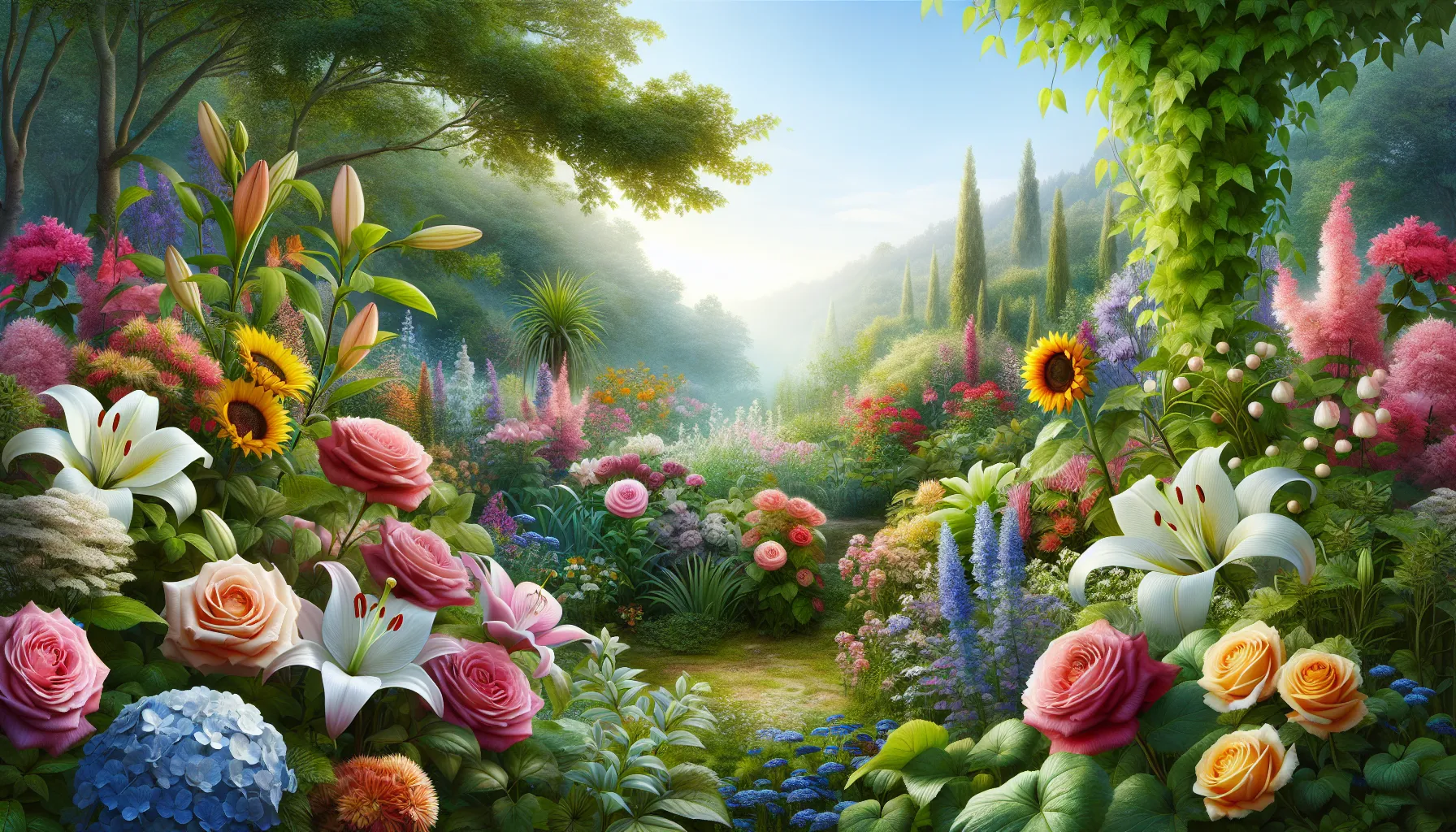
Exploring the world outside, you’ll find an endless variety of plants that not only enhance the beauty of your surroundings but also benefit the environment and your well-being. Today, we delve into two captivating types of outdoor plants: Lavender and Hostas. These plants not only bring splashes of color and texture to your garden but also serve unique purposes, from calming fragrances to impressive foliage.
Lavender, with its unmistakable scent and beautiful purple hue, is a favorite among gardeners and nature lovers alike. This perennial plant is celebrated not just for its beauty but also for its remarkable fragrant and calming properties.
Lavender is often associated with tranquility and relaxation. Its soothing scent is commonly used in aromatherapy to reduce stress and anxiety and promote a restful night’s sleep. Having a lavender plant in your garden means you can enjoy its delightful fragrance every time you step outside. Moreover, you can use lavender in various forms, such as in sachets, essential oils, or even in cooking to enjoy its calming benefits.
To grow a thriving lavender garden, consider the following tips:
Hostas are the unsung heroes of the shady parts of the garden. With their lush foliage and range of sizes and colors, they can add beauty and texture to areas where other plants might struggle.
There’s a hosta for virtually every garden. They range from small varieties that might only grow a few inches wide to grand specimens that can spread out to several feet. The leaves come in various shades of green, blue, and even yellow or white variegation. Some popular types of hostas include ‘Elegans,’ with large blue-gray leaves, ‘Patriot,’ known for its green leaves with white edges, and ‘Sum and Substance,’ which features large, chartreuse leaves.
While hostas are generally hardy, they can be prone to pests and diseases, such as slugs and hosta virus X. To keep your plants healthy, consider the following tips:
By incorporating these beautiful and diverse plants into your garden, you can create a serene and enchanting outdoor space. Whether you’re drawn to the soothing aroma of lavender or the lush foliage of hostas, these plants are sure to add joy and tranquility to your gardening adventures.
Nature has a beautiful way of reminding us of the simple pleasures in life, with flowers and plants leading the parade. These natural wonders are not just a feast for the eyes but also bring a myriad of benefits that we often take for granted. Let’s take a moment to soak in the essence of what we’ve discovered about our leafy and floral friends.
Flowers aren’t just pretty to look at. Their vibrant colors and sweet scents have the power to lift our spirits on a gloomy day. Ever noticed how a room brightens up with a vase of fresh flowers? That’s nature’s way of painting smiles on our faces.
Plants play a crucial role in cleaning the air we breathe. They take in carbon dioxide and dish out oxygen, making the air fresher and healthier for us. Spider plants, snake plants, and peace lilies are just a few examples of nature’s air filters.
Interacting with plants and flowers can be a huge mood booster. Studies have shown that people who spend time around plants tend to feel less stressed and happier. Whether it’s gardening or just having plants around, they have a magical way of lifting our spirits.
For the curious minds, plants and flowers are an endless source of learning. From understanding the ecosystem to learning how to take care of different types of plants, the world of flora is a live classroom with lessons on patience, care, and growth.
Now that we’ve revisited all the amazing things flowers and plants do for us, why not make them a bigger part of our daily lives? Here are a few easy ways to start:
Adopt a Plant: If you don’t already have plants at home, adopting one can be a great start. Choose a plant that resonates with you, whether it’s for its looks or its air-purifying qualities.
Try Your Hand at Gardening: Gardening can be a fulfilling activity, not just for growing food but also for cultivating beautiful flowers. Start small with easy-to-care-for plants and gradually expand your green haven.
Decorate with Flowers: Fresh flowers can brighten up any space. Make it a habit to have a bouquet of fresh flowers at home. They not only beautify the space but also improve the air quality and your mood.
Gift Plants and Flowers: Instead of traditional gifts, consider giving plants or flower bouquets. They’re a thoughtful way to show you care, offering something that grows and reminds them of you.
Incorporating more flowers and plants into our lives is like embracing a touch of nature’s magic every day. They remind us to slow down, breathe in the beauty of the world, and appreciate the simple joys of life. So, let’s make our lives a bit greener, one leaf and one petal at a time.

